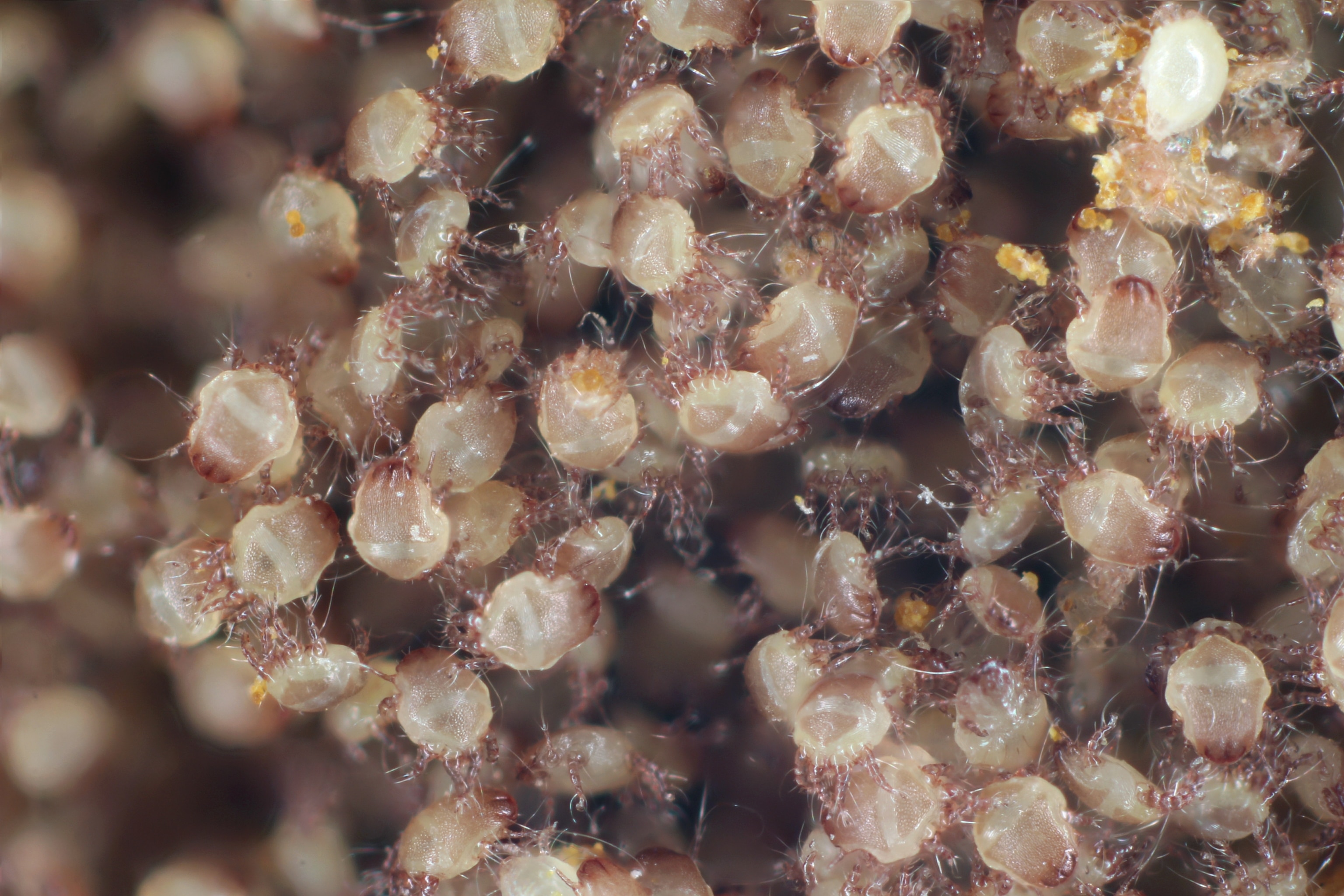It is possible that at some time in the evolution of our early ancestors they encountered a deadly infection—perhaps a form of parasite. Through natural selection, those hominids with a particularly tenacious defense mechanism, immunoglobulin E (IgE), survived and went on to populate the world. IgE may have saved humankind, but it also plays a major role in allergic reactions.
If you have an allergy, your body’s immune system overreacts to a normally innocent antigen, peanut proteins for example, and produces a specific antibody IgE, that triggers the release of a barrage of inflammatory chemicals that cause an allergic reaction.
Perhaps as many as 40 percent of the world’s population suffers from allergies, and it is suggested that some aspects of modern life are making us more susceptible. Here are five allergies that, although rooted in our evolutionary past, may be symptomatic of modern living.
Pets
Keeping cats and dogs in our increasingly hermetic homes is bringing fur-related allergies to the fore. It is not the pet’s fur that is the allergen, but harmless proteins in their saliva, urine, and dander (dead skin cells). Dander is present on fur that is stroked or shed, but it also clings to furniture, clothes, walls, and other surfaces, as well as being easily stirred into the air to move from place to place. With pet allergens remaining at high levels for many months, an allergic reaction can occur long after an animal has left and even in places where they have never been.

Penicillin
Modern health care is driven by medicines, and this is exposing more people to the possibility of drug allergies. The most commonly reported is an allergy to the widely used antibiotic penicillin, with around 10 percent of people reporting an allergic reaction. However, some studies suggest that more than 90 percent of those who believe they are allergic to penicillin are not. Even where a penicillin allergy is proven, around 80 percent of these people will lose their allergy within 10 years if they avoid the drug. This means that a lot more patients could be prescribed penicillin instead of more expensive and less effective antibiotics.

Peanuts
The global marketplace and industrial food production have exposed us to many more potential food allergens—notably peanuts. Peanut allergies have become prevalent in recent years, with high-profile deaths from anaphylactic shock driving improvements in food production standards and labeling. It has also prompted progress in the field of immunotherapy, where immunity is built up through carefully calculated exposure to the allergen. New guidelines in the U.S. are helping to identify the infants most at risk of having a peanut allergy and describing the most effective ways to safely introduce peanut proteins into their diet, so they can develop a potentially lifesaving tolerance.

Dust Mites
Dust mites are microscopic eight-legged arthropods that feed on the dead skin of humans and animals. They are also one of the most common indoor allergens, with modern living seeing the average American spends a lot of their time in the relatively warm and enclosed environments that are a perfect breeding ground for dust mites. More effective than vacuuming is dehumidifying, as dust mites die when humidity drops below 50 percent.

Latex
Allergic reactions to latex proteins in the milky sap of the Brazilian rubber tree increased significantly in the 1980s-1990s as more latex products entered everyday use: balloons, balls, bandages, contraceptives, and household and surgical gloves. High-risk groups include patients regularly exposed to latex through medical procedures, as well as health care workers themselves, where allergy estimates run as high as 17 percent. Some sufferers also experience latex-fruit syndrome, an allergy to tropical fruits (such as banana and avocado) that have proteins similar to latex. However, new cases of latex allergy are becoming fewer thanks to the development of non-latex alternatives, including condoms made from polyisoprene, polyurethane, or polyethylene.

We asked some big questions about living a better life. Discover more about how we can overcome the world’s biggest challenges at natgeo.com/questionsforabetterlife





